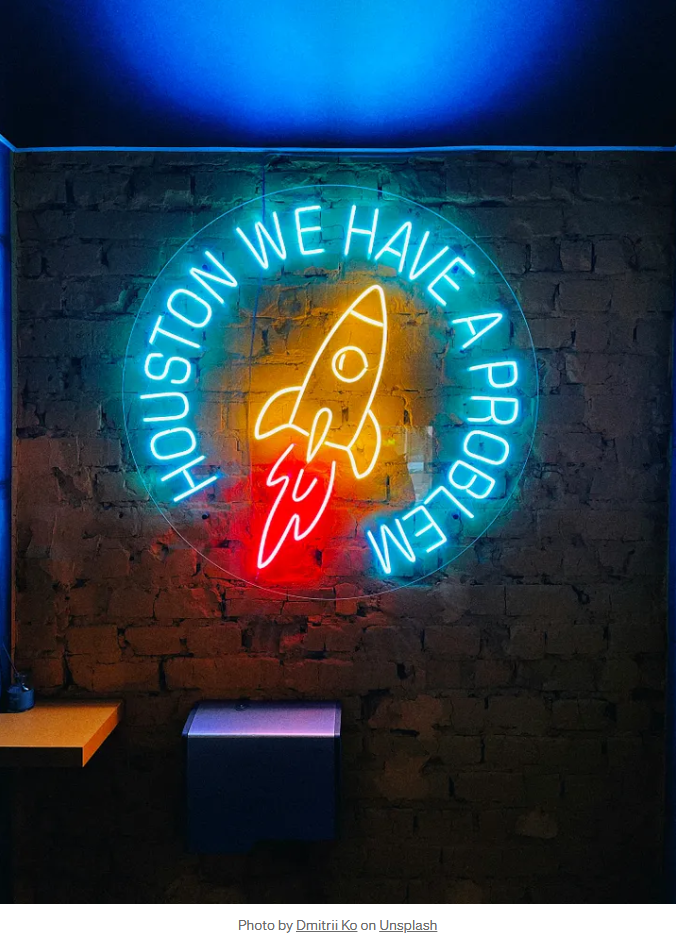.svg)

The Great Mismatch: Why Your Hiring Process is Failing and How to Find the Right Fit
If you’re a candidate, you’ve felt the frustration of the application black hole. If you’re a hiring manager, you’ve felt the pressure of sifting through a mountain of resumes to find the one right person. The data confirms our shared reality: for the last decade, surveys have consistently shown that over 75% of people despise the job application process.
The result is a landscape of frustration for candidates and inefficiency for companies. But this broken system wasn’t born overnight. It’s the result of a 25-year-old model built for volume, not value — a model that is failing everyone involved. It’s time for a fundamental change.
The Flawed Foundation: Why the System Doesn’t Work
The problem began when digital job boards trained us to believe that hiring is a numbers game. Their business model thrives on volume — more applications, more profiles, more activity. Companies adopted this “cast a wide net” approach, but it’s based on a flawed premise.
Think about it: when marketing a product, you want as many buyers as possible. When “marketing” a job, you only have one buyer. Yet, we drive hundreds of applicants to a single opening, creating a massive administrative burden and a poor experience for the 99% who won’t get the job.
This is compounded by a critical data gap:
- Resumes are embellished. Candidates are incentivized to present the most polished version of themselves.
- Job descriptions are idealized. Companies write descriptions for a unicorn candidate that may not exist, while omitting the realities of the role and culture.
The result? Both sides are making one of the most important decisions of their professional lives with only half the information they truly need. We’re missing the essential data: Who is this person beyond their resume? Who is this company beyond the job description? Is there a genuine match in work style, culture, and long-term goals?
The High Cost of the Mismatch
This broken process has a tangible and significant impact on both organizations and individuals.
For Organizations & Hiring Managers: Managers are often unprepared to build and develop effective teams. They are promoted for being skilled subject matter experts, not for being skilled leaders. Without the right training, structure, and data, they are set up to fail. The consequences are severe:
- Wasted Time: Endless hours are spent reviewing unqualified applicants.
- Increased Stress: The pressure to fill seats quickly leads to compromised decisions.
- High Turnover: Poor fits lead to disengagement and attrition, starting the cycle all over again.
- Poor Performance: Team morale and long-term performance suffer under the strain.
The data is clear. In a recent 2025 State of the Industry report, VPs were unambiguous about the talent crisis:
- 56% say their teams are underbuilt.
- 83% say senior leaders have critical skill gaps.
- Only 17% believe their company has the right people in the right seats to scale.
For Candidates: The impact is equally damaging. Candidates face a demoralizing lack of visibility and transparency, leading to endless interview rounds and sloppy onboarding if they are hired. For new graduates and early-career professionals, the situation is even more dire. They apply to over 100 positions, only to find that more than 50% end up in roles unrelated to their degree. This isn’t just inefficient; it’s a systemic failure to launch the next generation of talent effectively.
The Solution: A Blueprint for Strategic Hiring
To fix this, we must move away from the “volume” model and adopt a strategic approach that mirrors modern marketing — not with a wide net, but with precision targeting. This requires building a full talent lifecycle, not just filling a vacant seat.
1. Define Your “Who” Before You Define the “What”. Before you write a single job description, you must deeply understand your team culture, the specific work styles that lead to success in each role, and the key skills and attributes (KSAs) required. This internal clarity is the foundation of your employer brand and the first step to attracting the right people.
2. Treat Recruiting Like Precision Marketing. Once you have a clear profile of who you need, you can move from passive job postings to active, targeted sourcing. Use modern tools and data to find and engage a select group of the most qualified candidates. The goal is not a flood of applicants; it’s a curated pipeline of talent that is already a strong potential match.
3. Build a Transparent, Two-Way Process. The interview process should be a bilateral qualification. Both the company and the candidate should be sharing the data needed to make an informed decision. This means streamlined interview stages, clear communication, and a focus on mutual fit. This respect for the candidate’s time builds goodwill, regardless of the outcome.
4. Connect Hiring to the Full Talent Lifecycle. A successful hire is just the beginning. The data and insights gathered during the hiring process should directly inform a structured onboarding plan, continuous learning and development, and a clear succession plan. This creates a cohesive system where every employee has a path for growth.
This is a new model for talent — one that requires a harmony of human insight and intelligent technology. Implementing this framework is not as daunting as it sounds, but it is essential. The companies that thrive in the next decade will be those that master the art of finding and keeping the right people.
Are you ready to stop filling jobs and start building your future?
Latest Articles
Interviews. Applications. Candidate recruiting. Employee onboarding. The world of recruiting has no limit. Start with our blog if you don’t know where to begin.




